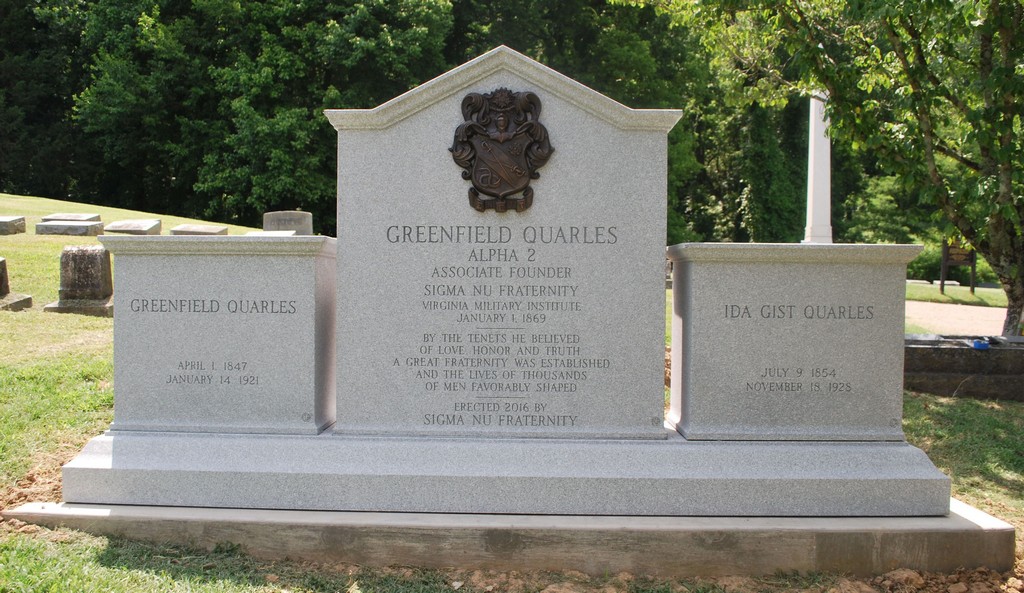Perspectives on Our Past
This column, the second about our Founders, continues the events leading up to Sigma Nu’s 150th Anniversary in 2019. We’re focusing each of the preceding three years on one of the Founders. Thus, the Fraternity has designated 2017-18 as “The Year of Quarles.” Future announcements will highlight the additional events and activities planned for the 150th celebration.
In my previous column on Founder Riley, I stated that I found him the most complex of the three Founders. I also found him the hardest to write about because he left so little behind to tell us about his life. Greenfield Quarles is just the opposite. He left behind a tremendous amount of information about his life, the life of a man dedicated to public service.
Unlike Riley, who was too young to fight in the Civil War, Quarles fought in one of the major battles. He was wounded, rescued and returned home by his older brother, and later caught and sent to a prisoner-of-war camp.
After graduating from VMI, he returned home to Helena, Arkansas, where he became a lawyer, city alderman, state legislator, judge, long-time president of the local school board, a vestryman for his church, and a banker. He lived a full life until the day he died in 1921.
Forebears
On April 1, 1847, in Christian County, Kentucky, John Nicholas and Penelope T. (Brunson) Quarles had a son they named Greenfield. Quite likely, they named him after his uncle, Thompson G. Greenfield, who married Penelope’s older sister.
Our Founder came from an accomplished family of public servants, including congressmen, generals, doctors, judges and a governor. His ancestors immigrated to the American colonies in the 1700s, and many fought and distinguished themselves in both the Revolutionary War and War of 1812.
John and Penelope, Greenfield’s parents, had four children: Clarence, Greenfield, John Minor, and a daughter, Mary. In 1851, John Quarles purchased land in Phillips County, Arkansas (near Helena) and moved his family there. Phillips County, on the Mississippi River, at the time was a major producer of hardwood lumber and cotton.
Civil War
The Union Army occupied Helena in 1862 due to its importance as a river port between Memphis, Tennessee, and Vicksburg, Mississippi. On July 4, 1863, the Battle of Helena took place and resulted in a defeat for the Confederate side.
In 1864, though only 16 years old, Greenfield finagled his way as an aide onto the staff of his uncle, a brigadier general. His older brother, Clarence, served under his uncle as an ordnance officer. During the Battle of Franklin (Tennessee), the enemy army killed Greenfield’s horse, shot and wounded him twice, and captured him. Fortunately, the victors left the prisoners behind in their haste to beat a retreat before reinforcements arrived.
In a letter from Greenfield’s brother, published in the Phillips County Historical Quarterly, Clarence Quarles tells the story of the aftermath:
“After the battle of Franklin, Greenfield Quarles, being wounded, was sent back to Columbia, Tenn. and was at Mr. Dunnington’s house. Dr. Jackson, our Brigade Surgeon, turned over to me our Brigade headquarters ambulance on the retreat. When we got to Columbia, Tenn. I went by Mr. Dunnington’s house in Columbia with the ambulance and got Greenfield Quarles and he was brought out with the Army south of the Tennessee River. After he got well enough to ride we got a furlough and came to Phillips Co., Ark. and Greenfield was captured again and sent to prison and was in prison until after the surrender.”
Greenfield was captured in Phillips County on February 27, 1865, and taken to a prisoner-of-war camp. On May 4, 1865, after the surrender, he was moved to New Orleans where he was part of a prisoner exchange on May 23, 1865.
After the war ended, since their education had been interrupted, Greenfield and his younger brother John attended a preparatory school in Toronto, Canada, for a year.
Enrollment and Time at VMI
Quarles entered VMI in the fall of 1866. Other enrollees with that class included his younger brother, John Minor Quarles, and our other two Founders. Although John Quarles was two years younger than Greenfield, it was not unusual to accept students of varying ages in those days.
Although we don’t know why Quarles chose VMI, I suspect it was because of the strong military background of his family and their ancestral connection with Virginia. His classmates called him “Bruin,” as Walter James Sears wrote, “not because he was quarrelsome, but because he took his own time at the solution of the problem which confronted him.”
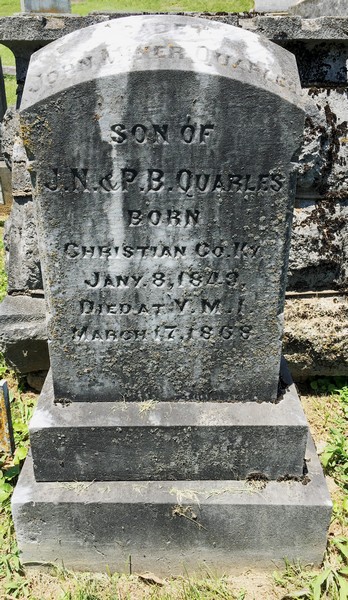
John Quarles, Greenfield's brother, passed away in 1868.
In the spring, 1868, his younger brother became very ill with pneumonia. Copies of letters in the VMI archives sent to his parents by General Francis H. Smith indicate that Greenfield stayed by his brother’s hospital bed, day and night, throughout the ordeal trying to be whatever help he could.
Despite all of Greenfield’s heroic efforts, his brother succumbed to his illness on March 17, 1868. Greenfield was inconsolable at the death of his younger brother. VMI buried John Quarles in the cadet cemetery near the edge of the parade grounds. When VMI eventually expanded the parade grounds, they reburied the cadets in Stonewall Jackson Memorial Cemetery in Lexington, where John Quarles rests today.
The three Founders entered VMI at the same time and were friends from the start. Thus, it was natural when Hopkins chose men to start the Legion of Honor several years later, Quarles was among the very first he asked. Having just lost his younger brother seven months earlier, Hopkins’ vision of a brotherhood must have been particularly appealing to Greenfield.
John Scott in The Story of Sigma Nu provides a perspective on why Quarles was chosen to give birth to the new organization:
“Hopkins perceived in Quarles the grace and dignity of refined character, the prestige of a spotless name. Quarles was as pure in thought and in conduct as he was noble in every impulse. He had been the true friend, the admired companion, the dependable confidant; and now he became a constructive force – the careful, prudent, resourceful adviser in the new society which was to immortalize their friendship.”
Thus, the Legion of Honor, later to become Sigma Nu Fraternity, was born. Although Quarles never held an elective office in the young organization, he provided a strong influence and guiding hand throughout its infancy.
During his 1st class (senior) year, he held the rank of 1st Lieutenant of Company A in the Corps of Cadets. Quarles graduated from VMI on July 4, 1870. At his graduation, he was presented a Bible by Superintendent Francis H. Smith. In 1934, Quarles’ grandson presented the Bible to our Epsilon Sigma (Rhodes) Chapter at its chartering. In 1970, a century after Quarles’ graduation, the chapter donated the Bible to our Lexington museum where it is proudly displayed.
Post VMI Professional Career
Upon graduation from VMI, Quarles returned to Helena and worked on his father’s farm before deciding to become a lawyer. With no law school close to Helena, he took the common route in those days of “reading the law.” This process consists of an extended apprenticeship under the guidance of an experienced lawyer – a process still available in a few states today. In his case, he served his apprenticeship with a prominent local firm, Tappan & Horner. In December 1871, the Phillips County Circuit Court formally admitted him to the bar.
He continued practicing law throughout his life, despite serving in many other capacities. During the last twenty years of his legal career, he was a partner in the law firm of Quarles & Moore. His partner, John Moore, at one time served as acting governor of Arkansas.
In Helena, on December 10, 1873, a Presbyterian minister married Greenfield and Ida Gist. Ida Gist descended from a prominent South Carolina family.
Elected Offices
In 1872, voters elected him to the Helena Board of Education, the first of his many elected positions. He continued to serve on the board for another thirty years, twenty of those as its president. In 1874, the voters chose Greenfield to represent them as Helena city alderman; and reelected him in 1876.
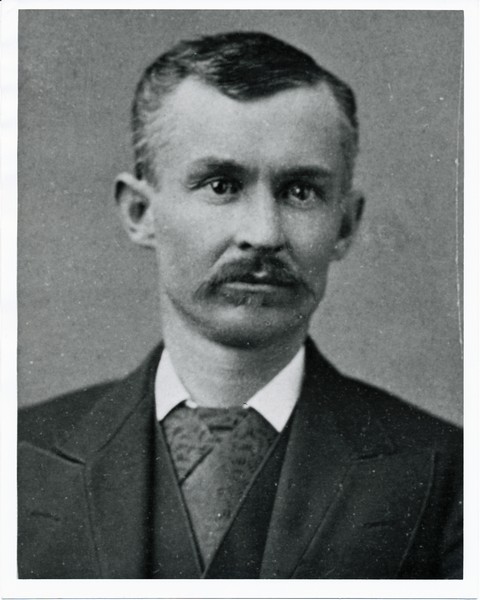
Photo from 1881 Roster of House of Representatives.
In 1878, his state legislative career began when the voters elected him to the lower house (House of Representatives) of the Arkansas General Assembly; and reelected him in 1880. After taking a few years off to pursue other matters, Greenfield’s constituents elected him in 1894 to a third term in the House.
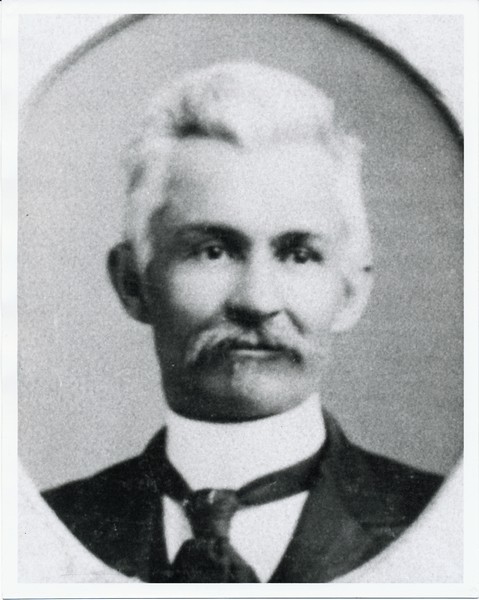
Photo from 1895 Roster of House of Representatives.
In 1884, he ran for the office of Phillips County prosecuting attorney, won and served. This county official is responsible for handling the prosecution in criminal proceedings. In 1896, he became a member of the Arkansas state Senate when he stood for another election. The voters returned him for a final term in the Senate in 1898.
He also made time in his busy life to serve his church. St John’s Episcopal Church in Helena is one of the oldest religious organization in the state of Arkansas. Greenfield belonged to the church most of his life and served for many years as a vestryman. The church partially burned down in 1914 and he was very instrumental in raising funds to rebuild it
Spanish-American War
At 9:40 pm on the evening of February 15, 1898, an explosion occurred on the USS Maine in Havana Harbor, Cuba. The explosion resulted in the death of over 250 American sailors, 70% of the crew. Two months later, after much debate and failed negotiation, the United States Congress declared war on Spain.
At that point, the ill-prepared U.S. Army swung into action seeking volunteers to enlist and join its forces. Particularly needed were men already trained in military maneuvers and command. To meet War Department demands, the Governor of Arkansas sought to fill the Arkansas quota.
Greenfield Quarles responded almost immediately and offered his services to help with the war effort. Due to his prior military experience, he was made a major when the army mustered the First Arkansas Regiment at Camp Dodge, Arkansas on May 16, 1898.
After several months of intense drills, target practice and marching, the war ended before their deployment to Cuba, and they were no longer needed. Although disappointed at not joining in battle, the men under his command presented him with a sword as a token of their appreciation and esteem for his leadership. At the 1934 installation of our Epsilon Sigma Chapter (Rhodes), Quarles’ grandson used the sword as part of the ritual. He later gave the sword to Sigma Nu, and it now has a place of honor in our museum in Lexington.
Later Professional Life
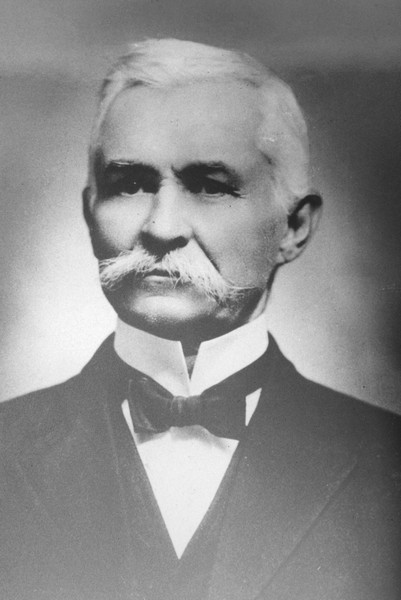 On November 27, 1900, Arkansas held a ceremony for the laying of the cornerstone for the new state capitol building. After a large parade, the cornerstone program began at 11:30 am. The crowd in attendance was reported to be 40,000, the largest single gathering in the state’s history.
On November 27, 1900, Arkansas held a ceremony for the laying of the cornerstone for the new state capitol building. After a large parade, the cornerstone program began at 11:30 am. The crowd in attendance was reported to be 40,000, the largest single gathering in the state’s history.
One of the distinguished speakers was Founder Greenfield Quarles. As a member of the Arkansas Senate, and instrumental when it passed the bill to build the new state capitol building, he said:
“We are here to lay the cornerstone of a building that will be…constructed of huge blocks of granite taken from our own quarries and of massive beams taken from our own forest. We are going to take from the plenty that has been vouchsafed to us and rear a state house and decorate it with beauty and art. One that, as it towers above all that surrounds it, will catch the first rays of each coming morn and at twilight will throw a kiss at each departing day.”
The throngs in attendance at the ceremony received his speech with great enthusiasm.
Over a lifetime, Sigma Nu was never far from his thoughts. He attended four Grand Chapters and spoke at several regional gatherings, including the dedication of the grave monument to Founder Hopkins in 1920. Quarles attended his first Grand Chapter in Indianapolis in 1902. His last was in St. Louis in 1919, just a year before his death. He also attended the 1904 New Orleans and 1908 Chicago Grand Chapters.
Descendants
Greenfield and Ida Quarles had only one child – a daughter Lucille, born in 1874. Lucille married Cadwallader L. Polk of Helena in 1897. From their union came four children. Although only two of them lived beyond childhood, both became initiates of Sigma Nu.
While in Lexington for the 50th reunion of his VMI class in 1920, Founder Quarles initiated his grandson, Cadwallader Leonidas Polk, III, into our Lambda Chapter (Washington & Lee). He later affiliated with our Sigma Chapter (Vanderbilt), where he attended law school. In 1929, our Sigma Chapter (Vanderbilt) initiated Greenfield’s youngest grandson, Greenfield Quarles Polk, into Sigma Nu.
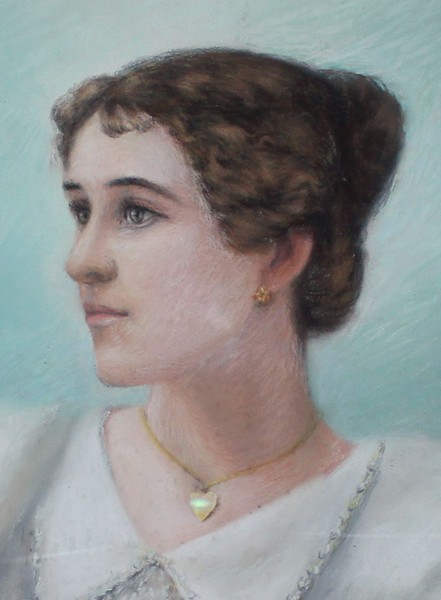
Lucille Quarles, Greenfield's only child.
However, the Quarles legacy didn’t stop there. In 1983, our Beta Theta Chapter (Auburn) initiated Robert Lee Browne, Jr. into the Legion of Honor. He is the great-great-grandson of Founder Quarles.
Death
After an illness of several weeks, Greenfield Quarles entered the Chapter Eternal on January 14, 1921. He died at his home in Helena about 1:00 o’clock in the afternoon of cardio-renal failure. He was 73 years old and the last of our three Founders to die. He was buried in Maple Hill Cemetery in Helena in the same family plot as his parents.
Last year, Sigma Nu erected a new monument over his grave. On October 22, 2017 we officially dedicated the monument. The ceremony in the cemetery included descendants of Greenfield Quarles in attendance and was followed by a reception at St. John’s Episcopal Church, a short distance away.
Inscribed on the stone marking Founder Quarles’ grave are these words:
GREENFIELD QUARLES
ALPHA 2
ASSOCIATE FOUNDER
SIGMA NU FRATERNITY
VIRGINIA MILITARY INSTITUTE
JANUARY 1, 1869
BY THE TENETS HE BELIEVED
OF LOVE, HONOR, AND TRUTH,
A GREAT FRATERNITY WAS ESTABLISHED
AND THE LIVES OF THOUSANDS
OF MEN FAVORABLY SHAPED
ERECTED 2016 BY
SIGMA NU FRATERNITY
The last words he spoke to a Sigma Nu Grand Chapter were just a year before his death. His concluding remarks were almost prophetic.
“It is indeed an experience to meet here fifty years later and look back at the three of us who stood there in the night time, with the stars shining down upon us. I remember it so well. These are sweet communions, because while you do not see them and you do not realize it, it seems to me that here, around me, somewhere, I can see or feel the spirit of Hopkins and Riley. Standing here now, it may be the last time I may look upon the faces of many of you, or any of you. I charge you to remember Honor, Truth and Brotherly Love, not only for yourself, not only for Sigma Nu, not only for the inner circle of your community, but for this whole country. Every man here has an influence, and it is your duty to exercise it.”
And so ended the life of service of Sigma Nu Founder and Alpha Chapter initiate number 2 – Greenfield Quarles.
